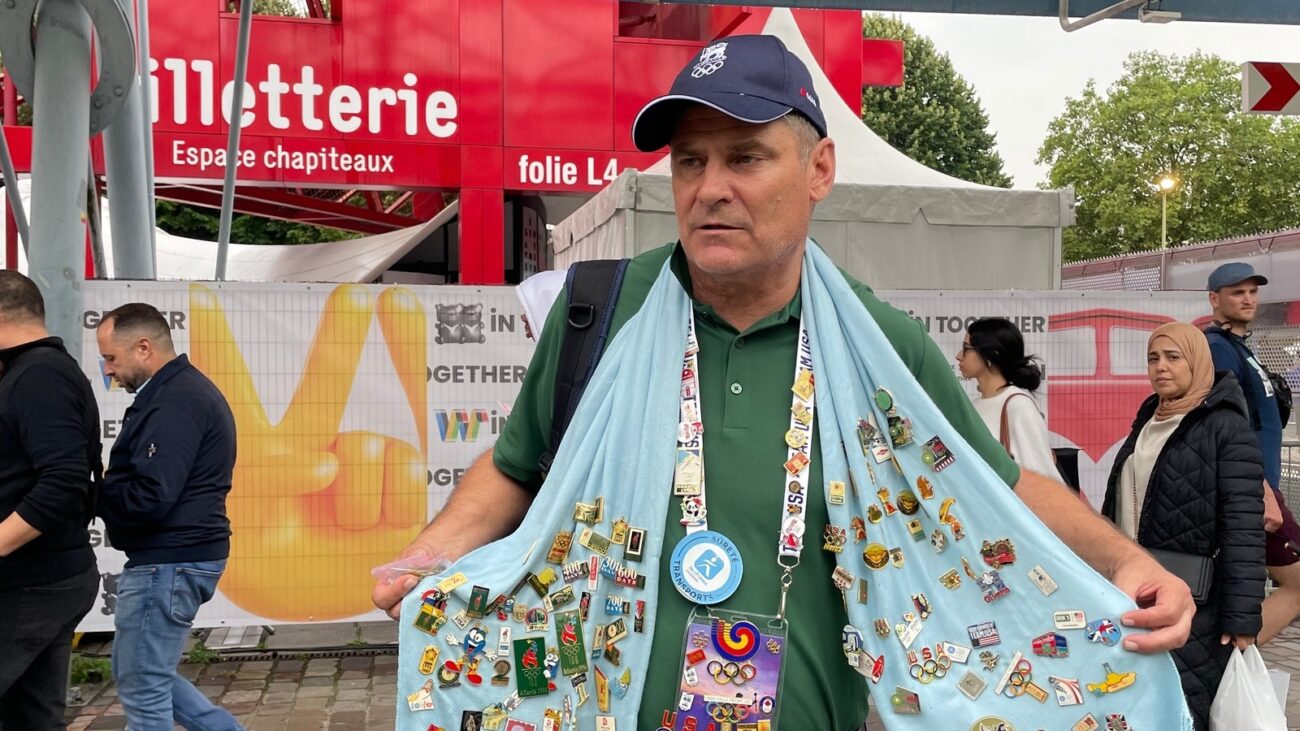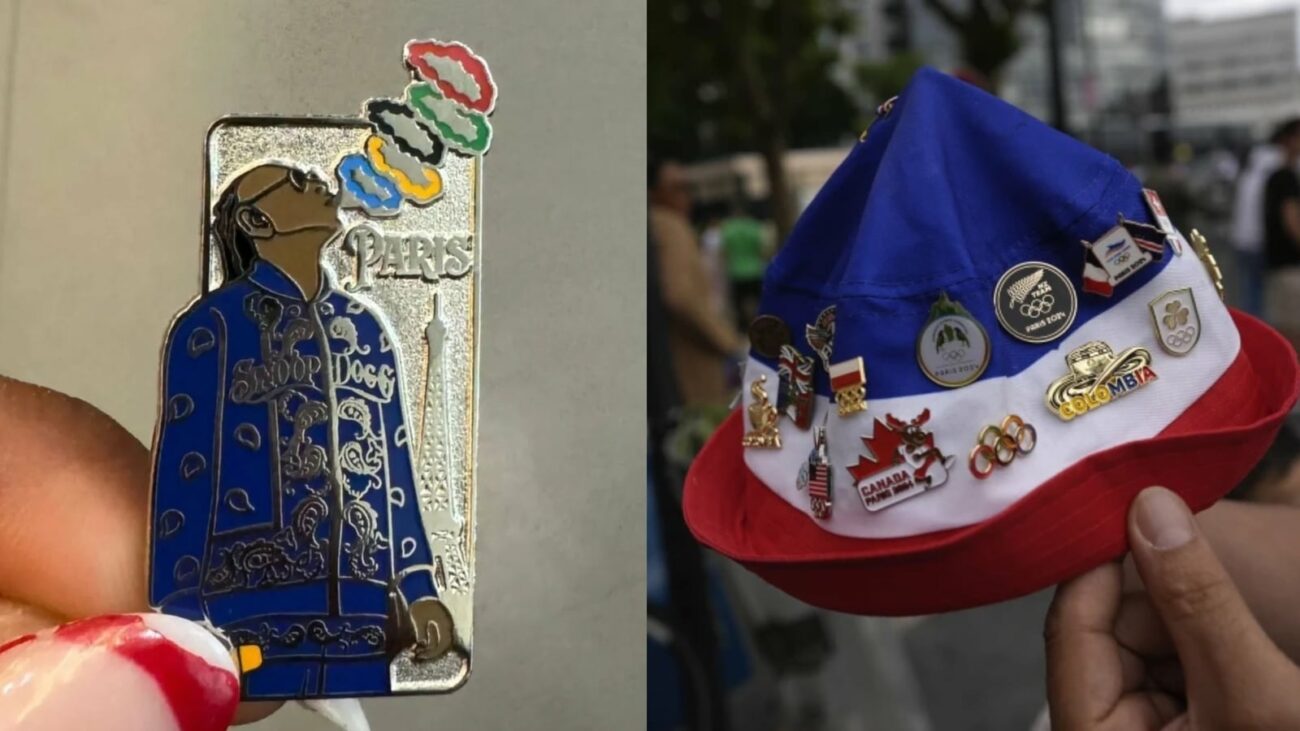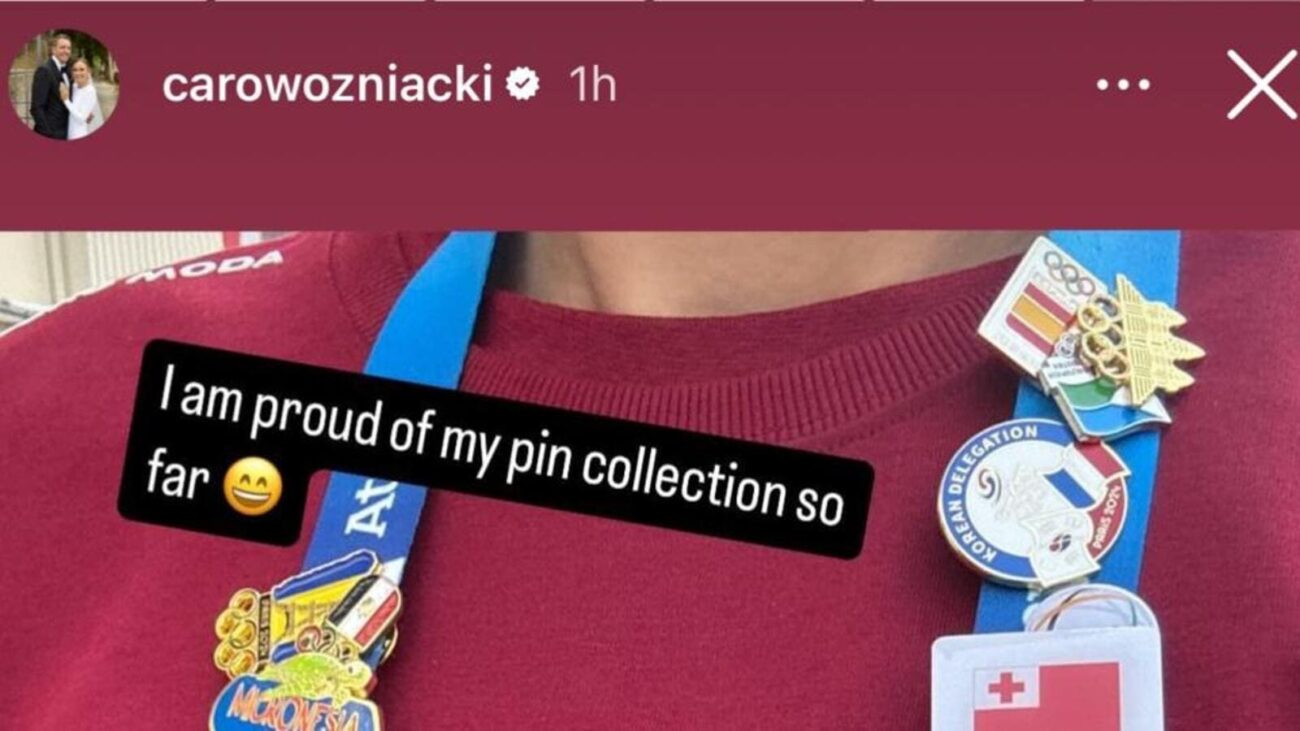Olympic Pin Enthusiast Embraces Paris Games with Trading and National Hospitality
Mark Chestnut, an avid Olympic enthusiast from the Midwest, has embarked on a unique journey at the 2024 Paris Olympics. With a cotton scarf adorned with hundreds of Olympic pins, Chestnut has made pin trading a central part of his Olympic experience.
Chestnut has attended 12 Olympic Games, both summer and winter, and has amassed an impressive collection of pins. He eagerly anticipates the opportunity to expand his collection and engage in lively trades with fellow enthusiasts. “My favorite pins never come out,” he says, referring to the pins around his neck. “They’re all part of my trading collection.”
While Chestnut arrived in Paris in time for the opening ceremony, he opted to watch it on a big screen at a local bar. “Opening and closing ceremonies are much better on TV,” he explains. “It’s a waste of money to attend in person because you can’t see much from a distance, and the tickets are expensive.”
Instead, Chestnut has immersed himself in the vibrant atmosphere of the national hospitality houses. He highly recommends the Czechia House, known for its lively parties and excellent beer. However, he advises against visiting the USA House due to its hefty entry fee and additional charges for food and drinks.
Chestnut’s Olympic experience extends beyond pin trading and national hospitality houses. He has also been actively participating in sports events, cheering on athletes from around the world. He believes that the true spirit of the Olympics lies in the camaraderie and shared passion for sportsmanship.



